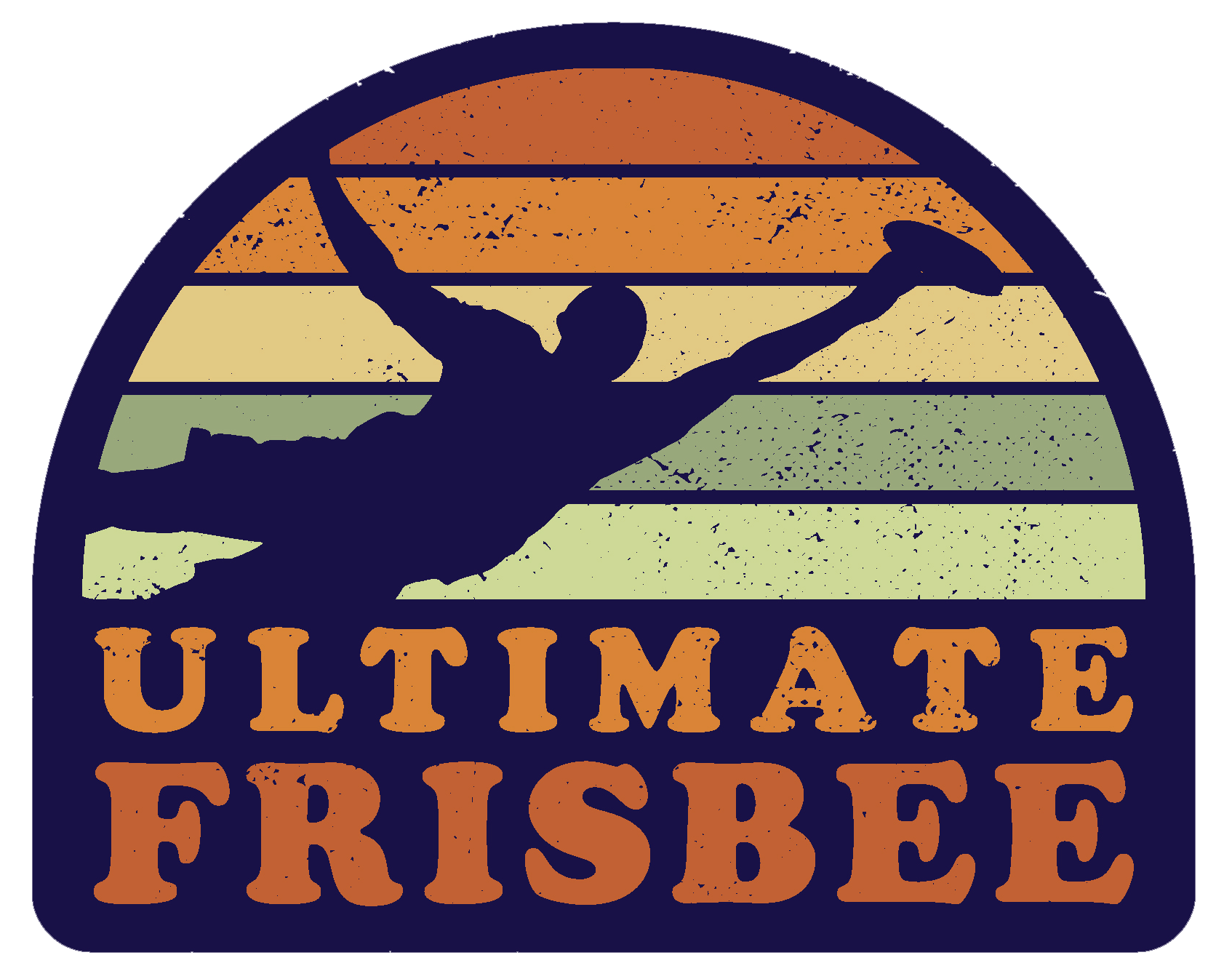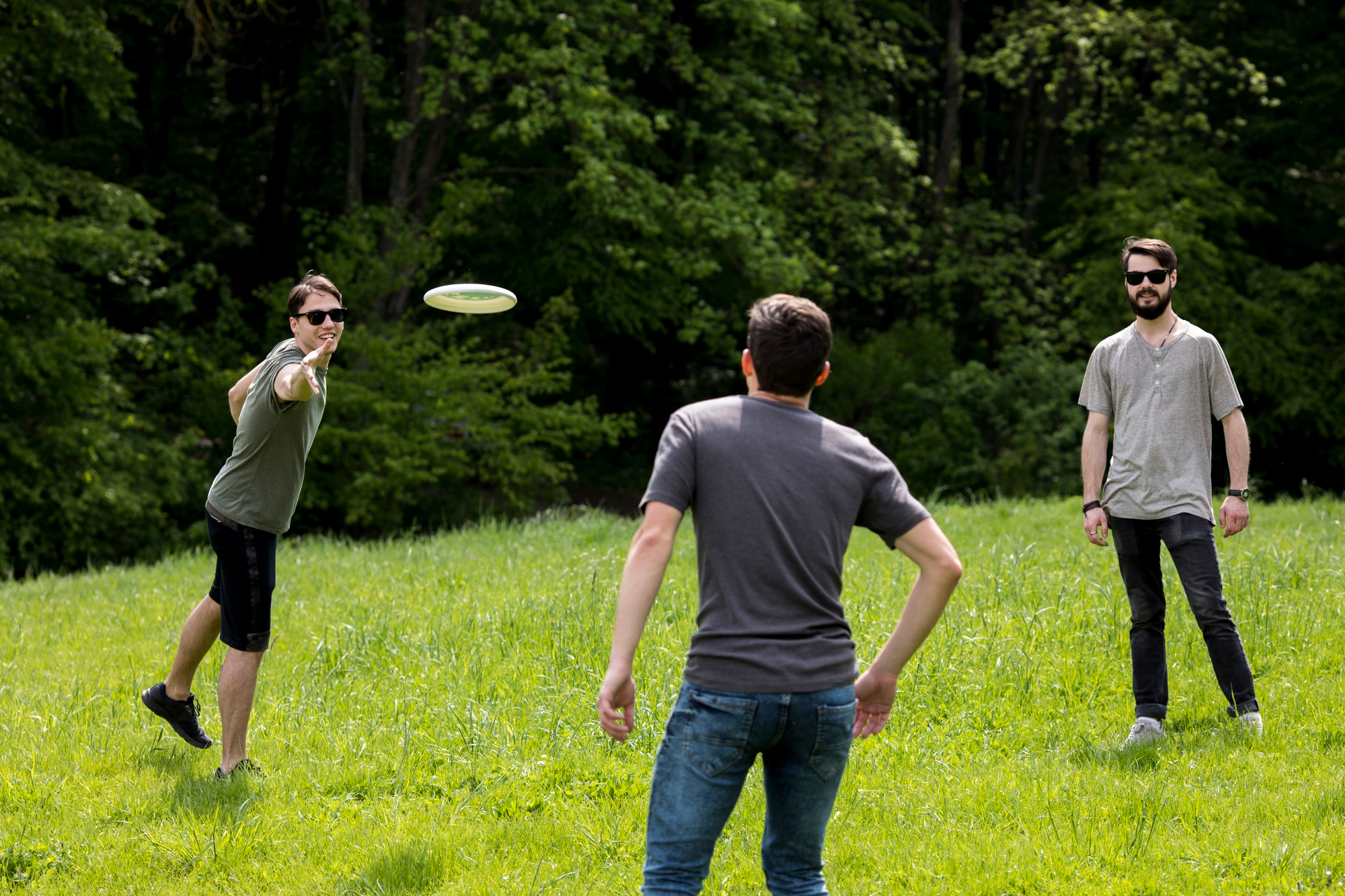Ultimate frisbee is a fast-paced, exciting sport that has exploded in popularity in recent years. Played with a flying disc on a field with end zones, ultimate frisbee combines elements of many traditional sports into one unique game. This guide will provide an overview of ultimate frisbee, including basic rules, required equipment, player positions, how to throw, strategies for offense and defense, and tips for getting started.
Equipment Needed to Play Ultimate Frisbee
Ultimate requires minimal equipment, making it easy and affordable to pick up. The essentials are:
- Flying disc – Also known as a Frisbee, the official disc used is 175 grams and approved by USA Ultimate or WFDF. Discs come in various plastics and designs.
- Cleats – While optional, soccer or football cleats help players cut and pivot on grass fields.
- Field – A rectangular field 110 yards by 40 yards, with end zones 20 yards deep.
- Cones/Markers – To mark end zone lines and sidelines.
- 7 Players per team – 6 on the field at one time. No limit substitutions.
That’s it! No other equipment is required to play ultimate at the recreational level.
Overview of the Rules
Ultimate is self-refereed – there are no officials. Play is based on the “Spirit of the Game,” a concept emphasizing sportsmanship, fair competition, and respect between opponents.
Here are some basic rules:
- Play always starts with a “pull” – one team throws the disc to the other from one end zone.
- The disc is advanced by completing passes to teammates. Players cannot run with the disc.
- If a pass is dropped, intercepted, knocked down, or lands out of bounds, the other team takes possession.
- To score, a player must catch a pass in the end zone.
- There is no contact allowed between players. Picks and screens are also prohibited.
- When a call is disputed, the disc is returned to the last uncontested position and possession.
- The team with the most goals at the end wins. Games are commonly played to 15 points.
There are more intricate rules, but the above covers the essentials for beginners.
Positions in Ultimate Frisbee
While ultimate relies less on set positions than many sports, there are strategic roles that players commonly fill:
- Handler – The primary thrower who controls the disc in the backfield. Key traits are throwing ability and field vision.
- Cutter – A receiver who makes cuts and clears space for handlers. Top attributes are speed and agility.
- Deep – A specialty cutter who attacks downfield for hucks (long throws). Height and acceleration help in the deep space.
- Defender – Guards handlers or cutters depending on matchup and team strategy. Focus is on positioning and quick reactions.
Most players rotate through positions during games, allowing them to develop versatile skill sets.
Proper Throwing Technique
Throwing accurately is arguably the most critical skill in ultimate. Here are some tips on proper grip and form:
- Use a neutral power grip with fingers curled under the rim and thumb pressed on top. Keep a firm but relaxed hold.
- Stand sideways to target. Stepping out towards the target helps transfer power.
- Keep throwing elbow tight to body, stepping forward to release. Follow through for spin.
- Aim for inside out release whenever possible for most spin and stability.
- Use wrist snap and arm speed for velocity. Let the disc roll off fingertips.
Practice backhand, sidearm, hammer, scoober, and other throws to expand your arsenal. Start close to target and work on consistency before distance.
Offense Strategies
The offensive team’s objective is to maintain possession and advance the disc towards the end zone to score. Here are some tactics:
- Handler movement – Handlers reposition to provide clear throwing angles. Give visual cues through hand signals.
- Cutting – Fakes, precise cuts, and changing speeds create space from defenders. Time perfectly with handler’s look.
- Vertical stack – Cutters form a line downfield for downwind hucks. Clear deep when disc swings to sideline.
- Give-and-go – Quick touch pass to cutter who immediately passes back to continue movement.
- Resets – When defenders lock down cuts, reset laterally to a new handler to retain possession.
Good offenses are well spaced, maintain flow, and take what the defense allows. Be decisive in movements and throws.
Defense Strategies
Defense aims to generate turnovers and prevent scores. Common tactics include:
- Person defense – Matching up individually with offensive players in the area.
- Zone defense – Defenders cover space in set areas rather than match specific cutters.
- Help defense – Shading support to teammates in danger of being beat.
- Double teaming – Two defenders guarding a dangerous offensive player.
- Switching – Smoothly picking up new assignments when offenses shift positions.
- Poaching – Sagging off your mark to bait throws then jumping the lane.
- Bid – Laying out horizontally to block passes to the end zone.
Communication is key. Call out screens, switches, and deep cuts.
Getting Started with Ultimate Frisbee
Here are some tips for beginners looking to pick up ultimate:
- Find a local recreational league or pick-up group to learn in a casual environment.
- Start by mastering basic throws. Work up slowly to longer distances and more force.
- Run sprints and do lateral agility drills to develop necessary speed.
- Watch instructional videos breaking down strategies, cuts, and throws. Pause to analyze movements.
- Be vocal on the field when learning. Confirm cuts and ask questions of experienced players.
- Most importantly, bring a positive attitude and be willing to learn from mistakes. Spirit first!
The supportive community surrounding ultimate makes it an easy sport to pick up. With practice in proper technique and knowledge of basic tactics, new players can quickly grow into valuable contributors to an ultimate team. The sport offers great exercise, fast-paced action, and the chance to meet new people. Get involved and enjoy the thrill of ultimate competition.

